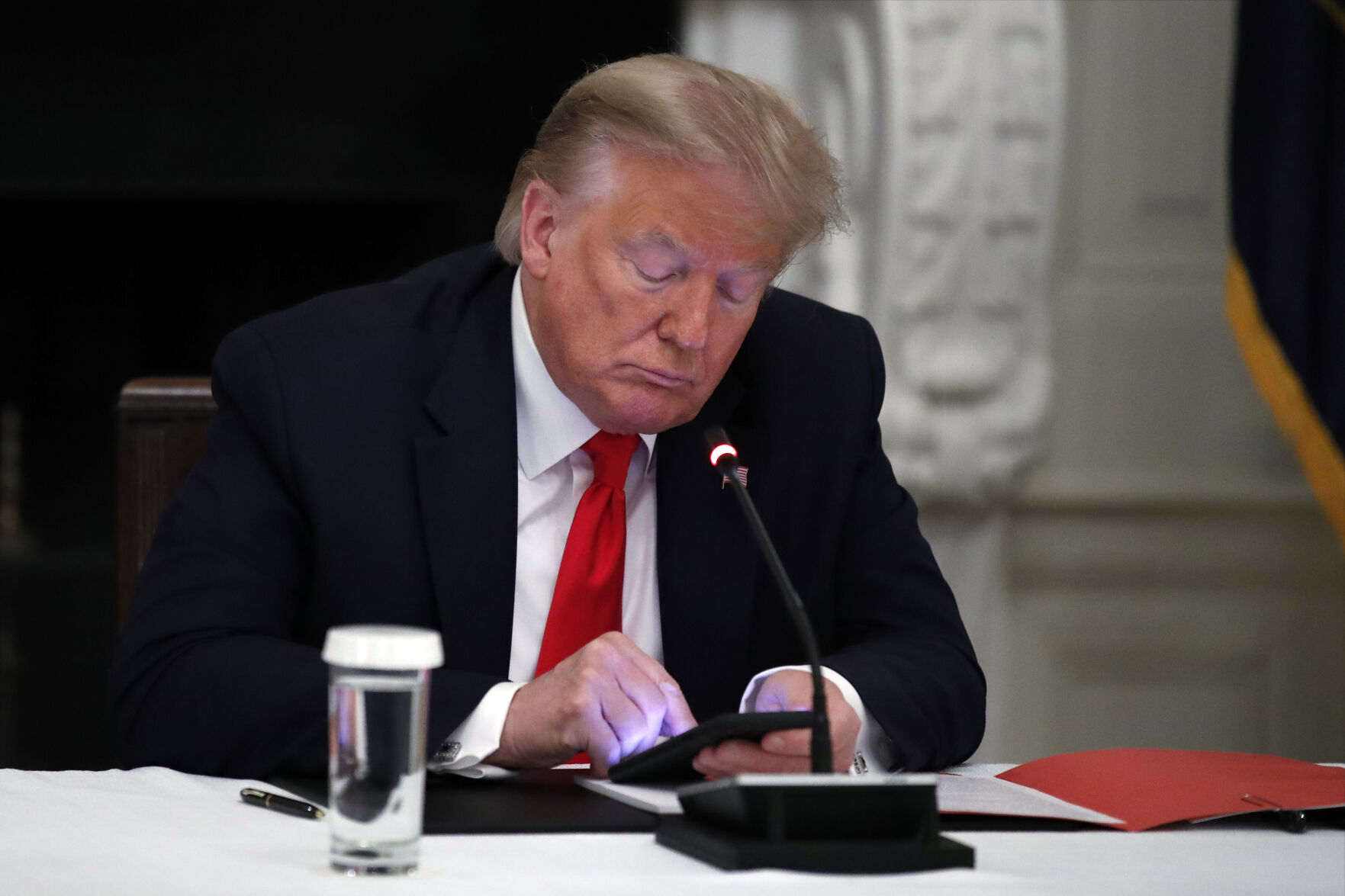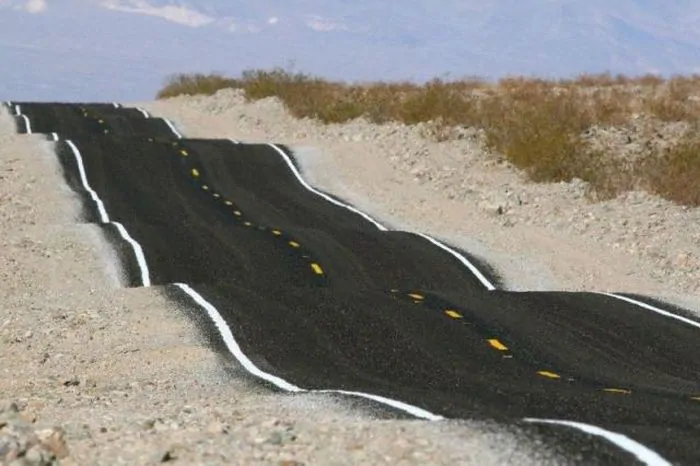

His latest book is The Elephant and the Samurai: Why Japan Can Trust India? He has been a visiting fellow at the University of Cambridge (UK) and the Japan Institute of International Affairs (Tokyo). Rupakjyoti Borah is with the Institute of South Asian Studies at the National University of Singapore. However, as of now, it seems there is a bumpy road ahead for this fledgling initiative.ĭr. Notwithstanding all this, it seems the “Quad,” or whatever it is called, is an idea whose time has come. For instance, Tokyo also needs Beijing’s help in tackling a recalcitrant Pyongyang, which fired two missiles over Japanese territory earlier this year and has threatened to “sink” Japan.
#The bumpy road to canbra how to#
Hence, said countries are faced with a key question: How to balance economic interests with political ones vis-à-vis China. This likely is not going to change immediately. In addition, the US, Japan, India, and Australia conduct huge amounts of trade with China. US President Donald Trump, having recently visited China, seemed not especially keen on confronting the Dragon head-on, partially because of economic reasons and the continual need of Beijing’s cooperation in keeping pressure on Pyongyang. However, the fact that all four countries involved in these discussions have not issued a joint statement clearly demonstrates these countries have yet to thresh out a common roadmap for the “Quad.” The Japanese Ministry of Foreign Affairs statement similarly stated that “participants discussed the direction for cooperation, including with countries in the region, in upholding the rules-based order and respect for international law in the Indo-Pacific, tackling proliferation threats, including North Korea’s nuclear and missile issues, against which maximized pressure needs to be applied, ensuring freedom of navigation and maritime security in the Indo-Pacific and countering terrorism and other issues.”

They agreed that a free, open, prosperous, and inclusive Indo-Pacific region serves the long-term interests of all countries in the region and of the world at large. The Indian Ministry of External Affairs has noted “the discussions focused on cooperation based on their converging vision and values for promotion of peace, stability and prosperity in an increasingly inter-connected region that they share with each other and with other partners. Coupled with that, the failure of New Delhi to designate Pakistan-based Jaish-e- Mohammed Chief Masood Azhar as a global terrorist because of Beijing’s repeated veto has, rather understandably, not helped matters. The standoff earlier this year over the Doklam region of Bhutan, which is claimed by China, seems to have hardened India’s position. Stennis during joint military exercise Malabar, with the United States, Japan and India. While they have not mentioned any particular country, China’s actions in the region have unmistakable worried these four democracies. The US, Japan, India, and Australia have been repeatedly voiced their support for both freedom of navigation and upholding of a rules-based order in the region. All these factors and the re-election of Shinzo Abe in Japan seem to have lent a sense of urgency to the resuscitation of the so-called “Quad” initiative. The recent usage of the term “Indo-Pacific” by the Trump administration also clearly shows the direction in which the wind seems to be blowing. Beijing has become much more assertive-both in the South China Sea and in the greater Indian Ocean region, which many in New Delhi consider as India’s own “strategic backyard.” The Trump administration has unquestionably been more vocal about safeguarding American interests in Asia, while a debate has been raging in Australia concerning the extent of the Chinese influence in that country. Since then, much water has flown down through the Ganges. This failed attempt ended up as a classic instance of the baby being thrown out along with the bathwater. This was during an earlier term of Prime Minister Shinzo Abe. Canberra and New Delhi were, furthermore, not very keen on such a meeting. These four countries had previously attempted a similar “Quadrilateral Initiative,” but that attempt fell flat largely because of pressure from Beijing. So what’s new about this “quadrilateral” meeting?


 0 kommentar(er)
0 kommentar(er)
